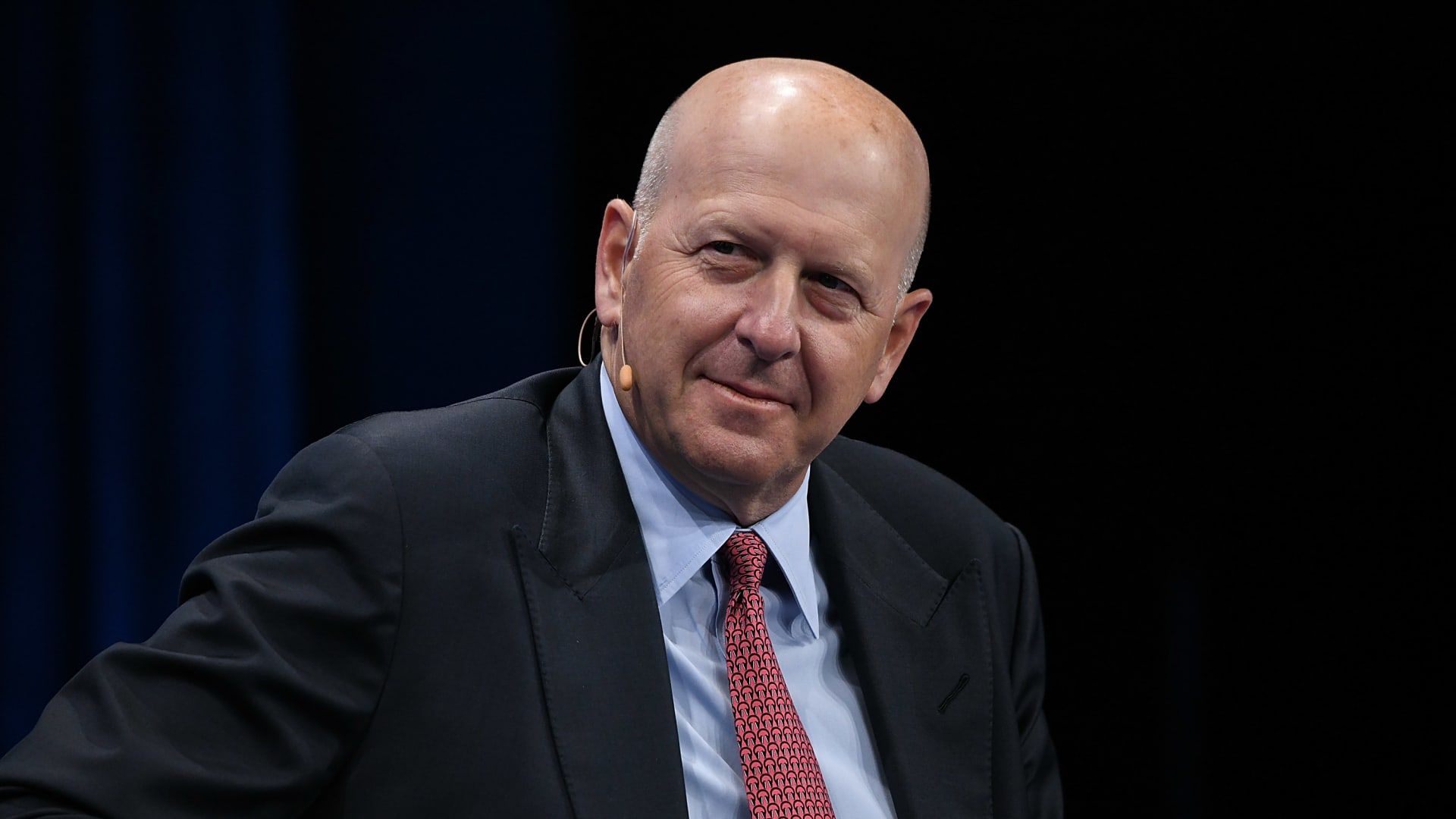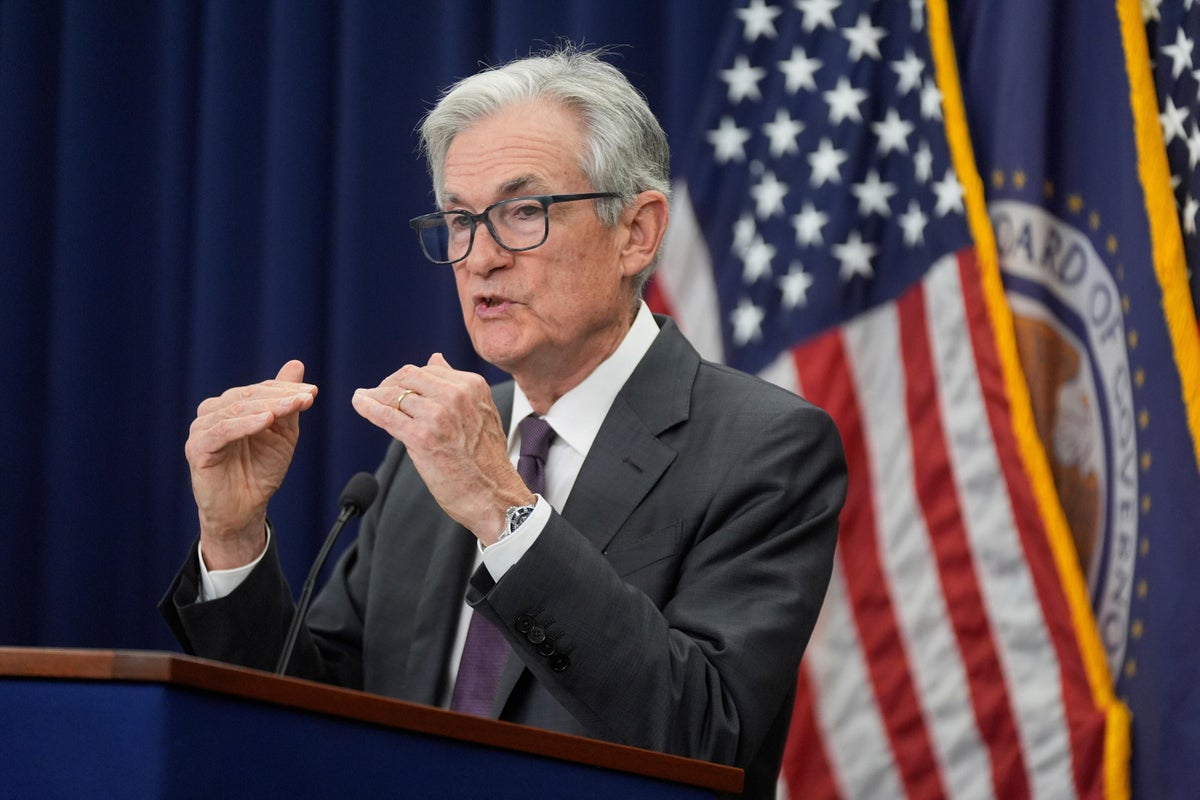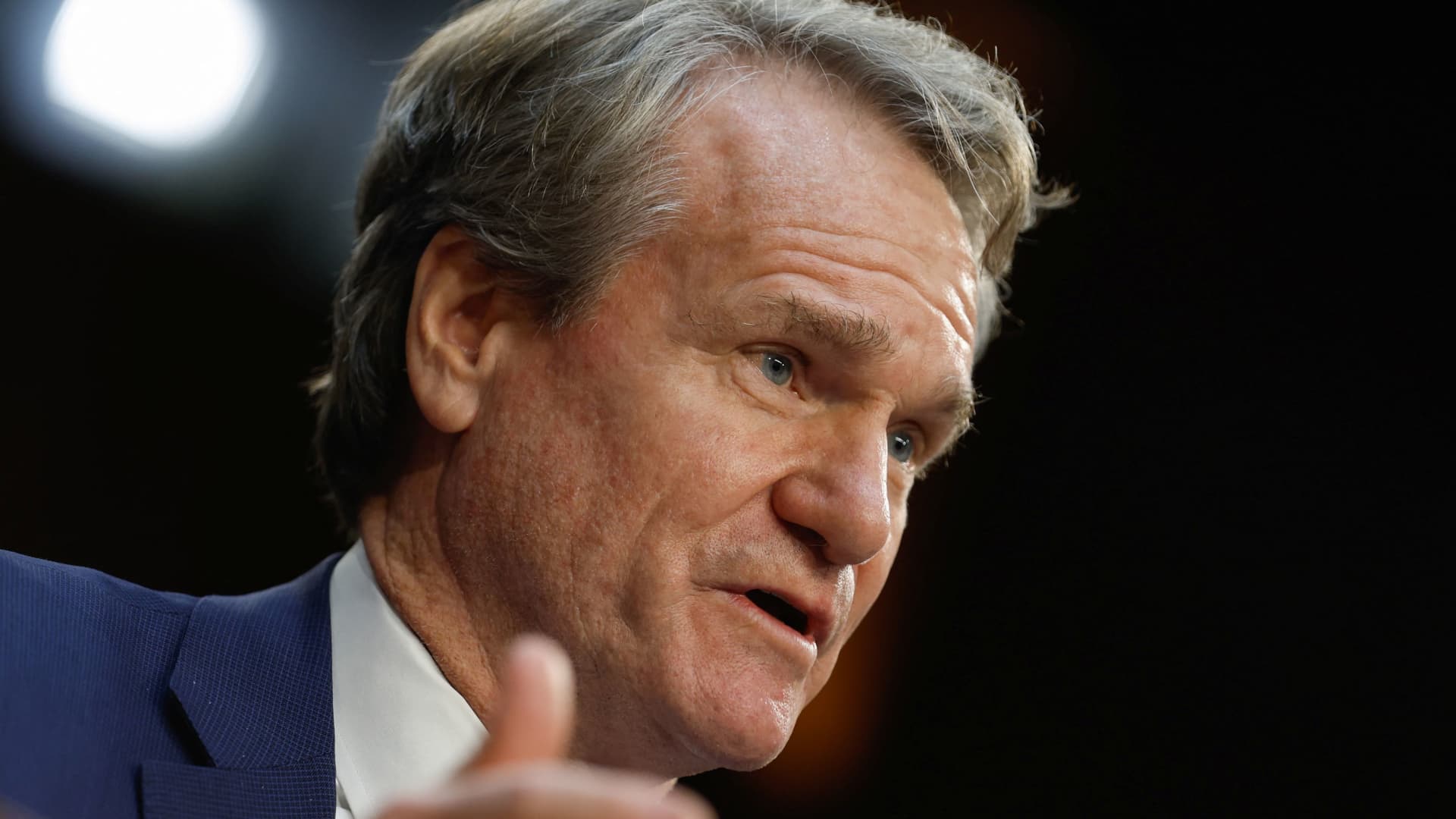Goldman Sachs on Tuesday it reported fourth-quarter results that beat analysts' expectations for better-than-expected wealth and asset management revenue.
Here's what the company reported versus what Wall Street analysts surveyed by LSEG, formerly known as Refinitiv, expected:
- Earnings: $5.48 per share; It was not immediately clear whether that was comparable to the $3.51 estimate from analysts surveyed by LSEG.
- Revenue: $11.32 billion vs. $10.8 billion expected, according to LSEG
Goldman said quarterly earnings rose 51% to $2.01 billion, or $5.48 per share, from a year earlier, as the bank was hit by provisions for credit losses and rising expenses. Companywide revenue increased 7% to $11.32 billion thanks to growth in the asset and wealth management and platform solutions divisions.
Goldman CEO David Solomon has endured a difficult year, thanks to sluggish capital markets and strategic missteps. But hopes have been growing that Goldman could turn a corner after moving away from Solomon's failed consumer banking efforts. The bank's growth engine, according to Solomon, is now its asset and wealth management division, which is benefiting from the rise in private credit and other alternative assets.
“With everything we accomplished in 2023, along with our clear and simplified strategy, we have a much stronger platform for 2024,” Solomon said in the earnings release.
Asset and wealth management revenue rose 23% year-over-year to $4.39 billion, beating StreetAccount's estimate by nearly $550 million, due to higher revenue from equity and debt investments and higher fees management. Helped by rising markets in the fourth quarter, Goldman said it posted gains on public equities and margins on debt investments.
Other Goldman divisions met or slightly missed expectations. For example, while platform solutions revenue rose 12% to $577 million, that was below the estimate of $612 million.
In the company's trading division, better-than-expected results in equities mostly offset the decline in fixed income.
Equity trading revenue rose 26% to $2.61 billion, driven by derivatives activity and financing fees, beating StreetAccount's estimate of $2.22 billion. Fixed income posted revenue of $2.03 billion, down 24% from a year earlier due to weak interest rates and currency trading, and well below the estimate of $2.53 billion.
Investment banking fees fell 12% to $1.65 billion, matching StreetAccount's estimate, as the industry's decline in completed acquisitions continued through the end of last year.
Goldman's core businesses, investment banking and trading, did not rebound strongly in the fourth quarter, but analysts will want to hear about the possibility of a recovery in 2024. Early signs are that corporations that have waited on the sidelines to acquire competitors or fundraising may finally be ready to perform this year.
Solomon told analysts Tuesday that he was “quite optimistic” about an improvement in mergers and capital markets activity “in the second half of this year.”
Unlike more diversified rivals, Goldman derives most of its revenue from Wall Street. That can lead to outsized returns during boom times and poor performance when markets don't cooperate.
This was reflected in the bank's return on tangible capital, a key metric followed by investors and analysts, which was just 8.1% by 2023, well below its medium-term target of 15% by 17 %.
The bank said it reduced its workforce by 7% last year, or 3,200 positions from the end of 2022, mainly due to a wave of layoffs in early 2023.
Goldman and Morgan Stanley, which also reported its fourth-quarter earnings on Tuesday, are the last of the largest U.S. banks to release results for the period. On Friday, JPMorgan Chase, Bank of America, citi group and Wells Fargo each published results that were marred by a litany of unique items.
Don't miss these CNBC PRO stories:









